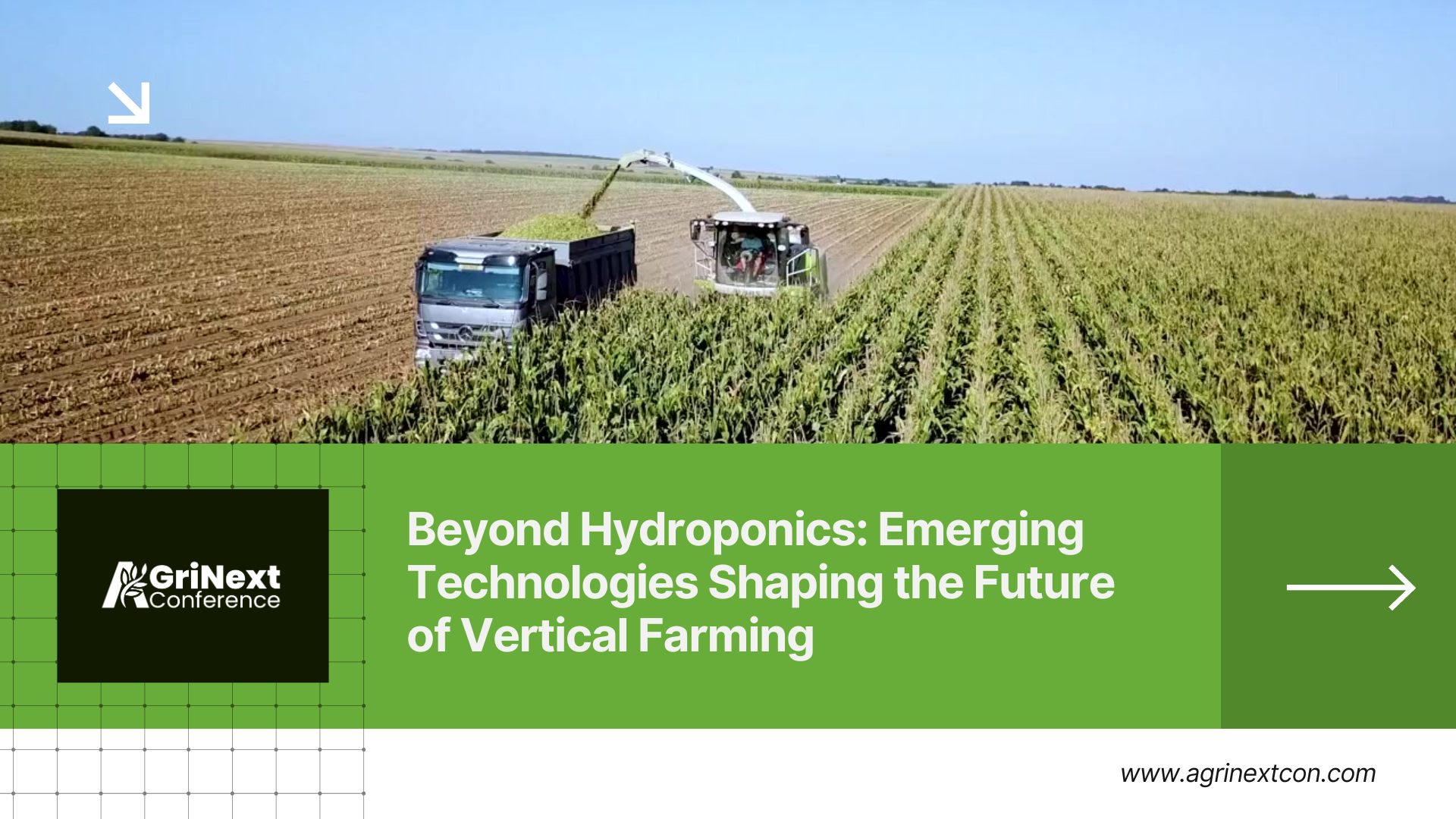
Introduction
Vertical farming has revolutionized agriculture by enabling food production in urban environments with minimal land use. While hydroponics has been a dominant technique, new innovations are pushing vertical farming beyond its traditional boundaries. From AI-driven automation to bioregenerative systems, cutting-edge technologies are enhancing efficiency, sustainability, and scalability. This blog explores emerging trends shaping the future of vertical farming.
1. Aeroponics: Maximizing Efficiency with Less Water
Aeroponics is an advanced soilless cultivation method where plant roots are suspended in air and misted with nutrient-rich water. Unlike hydroponics, which submerges roots in water, aeroponics:
Uses 95% less water compared to traditional farming.
Provides plants with more oxygen, enhancing growth rates.
Reduces disease risks as roots are not submerged in stagnant water.
Example: NASA has been experimenting with aeroponics for space farming, as it offers maximum efficiency in limited environments.
2. AI-Powered Vertical Farming
Artificial intelligence (AI) is optimizing plant growth by analyzing real-time data on light exposure, humidity, and nutrient levels. AI-powered systems can:
Automate irrigation and lighting for precise plant care.
Detects diseases and nutrient deficiencies before visible symptoms appear.
Improve yield predictions, reducing food waste and operational costs.
Example: Iron Ox, a robotics-driven vertical farm, utilizes AI-controlled robots to manage crops autonomously, reducing human intervention and enhancing efficiency.
3. LED-Based Farming: Smart Light for Maximum Growth
LED technology has transformed indoor farming by allowing customized light spectrums for different growth stages. Smart LED systems:
Mimic natural sunlight to optimize photosynthesis.
Adjust intensity and wavelength for various crops, improving growth rates.
Reduce energy consumption compared to traditional lighting.
Example: Companies like Plenty and AeroFarms use tailored LED lighting to increase crop yield while cutting energy costs.
4. Robotics and Automation: The Rise of Smart Farms
Automation is playing a key role in making vertical farms more efficient. Robotics are being used for:
Seeding, transplanting, and harvesting with minimal human intervention.
Vertical movement systems that transport plants between growth stages.
AI-driven crop monitoring to detect pests and nutrient needs.
Example: Bowery Farming uses a combination of robotics and machine learning to manage crops efficiently while reducing labor costs.
5. Modular Vertical Farms: Scalable and Mobile Solutions
Modular farming systems allow scalability and adaptability, making vertical farming accessible even in remote or disaster-prone regions. These systems:
Are pre-built and portable, enabling deployment in urban and rural areas.
Use controlled environments to ensure consistent crop production.
Allow easy integration of hydroponic, aeroponic, and AI technologies.
Example: Freight Farms has developed container farms that allow crops to be grown anywhere, from parking lots to rooftops.
6. Bioregenerative Systems: The Future of Self-Sustaining Farms
Bioregenerative farming integrates waste recycling, renewable energy, and natural ecosystems into vertical farming. These systems:
Utilize waste-to-nutrient cycles, ensuring sustainability.
Incorporate aquaponics, where fish waste is used as a natural fertilizer for plants.
Rely on renewable energy sources like solar power.
Example: Eden Green Technology integrates bioregenerative principles into vertical farms, making them more sustainable and self-sufficient.
Conclusion
Vertical farming is no longer just about hydroponics—it’s evolving with AI, aeroponics, robotics, LED lighting, and bioregenerative systems. These innovations make urban farming more sustainable, efficient, and scalable.
AgriNext Awards, Conference & Expo 2025: A Hub for Vertical Farming Innovations
The AgriNext Awards Conference & Expo in Dubai is set to showcase pioneering vertical farming technologies, bringing together industry leaders, startups, and researchers. Attendees will get insights into AI-driven agriculture, automation, and sustainable growing methods, making it a must-visit event for those shaping the future of farming.
By embracing these innovations, vertical farming can become a key solution for global food security, offering fresh produce year-round with minimal environmental impact.
Signup For AgriNext Conference Newsletter


